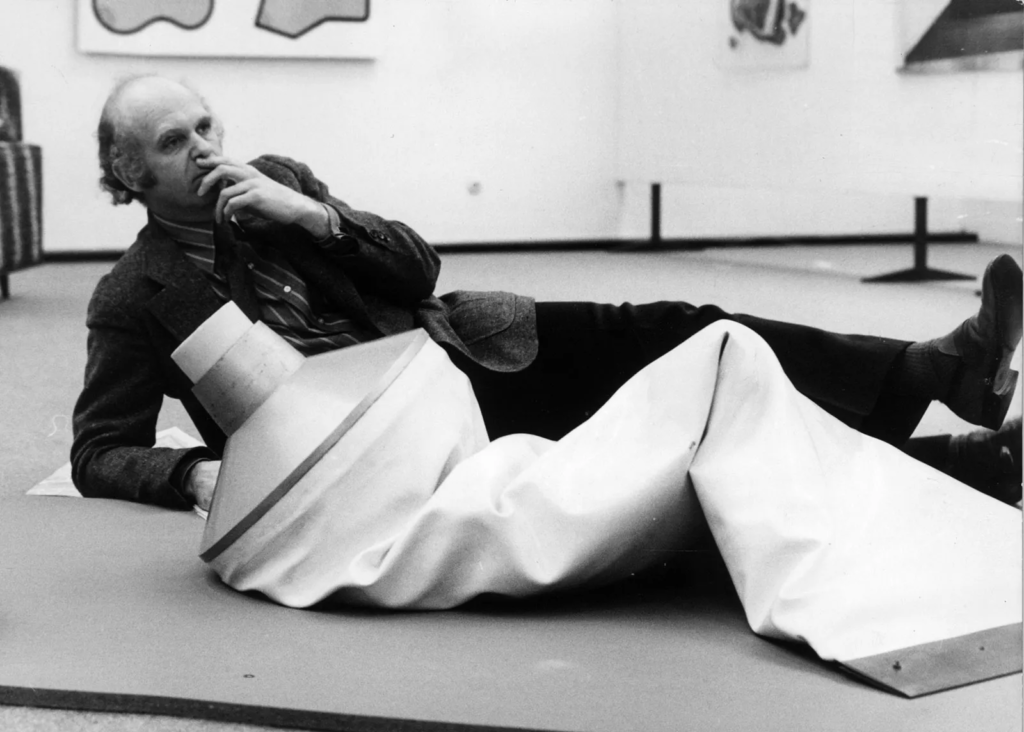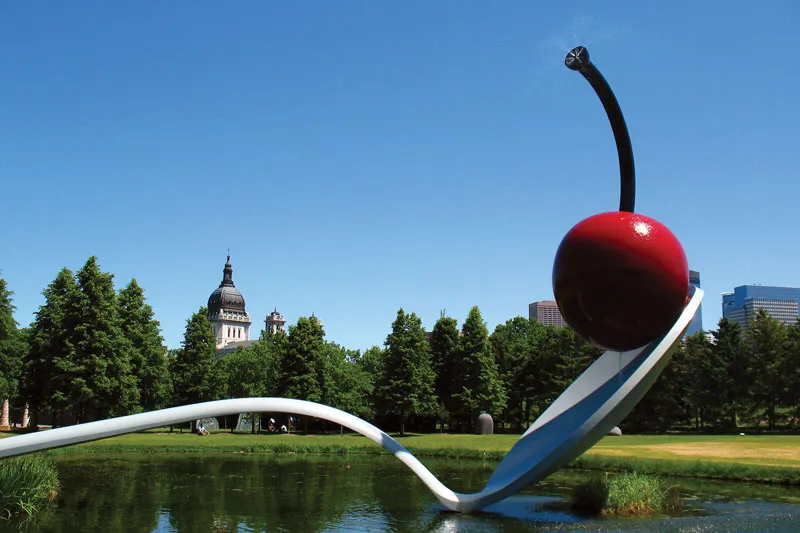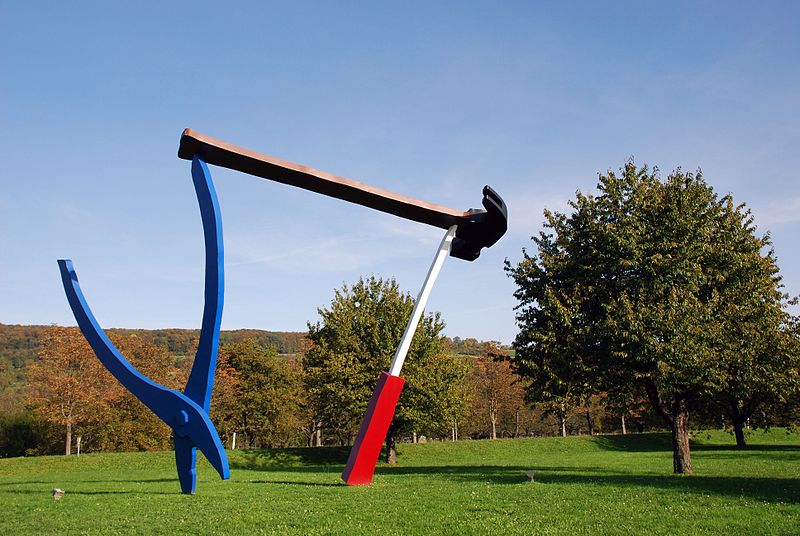
Claes Oldenburg: Colossal Monuments | Sybaris Collection
The Swedish born artist, Claes Oldenburg (1927- 2022), began as a painter and performance artist in advance of he phathomed with elements and types that took him to sculpture. As a make any difference of truth, his early tips on monumental sculpture were initial conceived as a collection of drawings andwatercolours that he known as Colossal Monuments.
In spite of Oldenburg´s Art being labeled as Pop art a detour defined his personal personalized type: reproduction was replaced by monumental.
1. Claes Oldenburg is most effective recognised for his large-scale community sculptures, but you most likely did not know he begun as a painter and overall performance artist. In actuality, some art historians and critics has named it as a “Sculptor who moves between general performance and graphic art”

Claes Oldenburg with Large Toothpaste Tube (1964), 1970.
Foto: Keystone/Hulton Archive/Getty Illustrations or photos
2. Oldenburg treats his work as a totality in which key themes and motifs interweave in a selection of media. He has produced a radical contribution to the background of sculpture by rethinking its components, sorts, and matter make any difference.
2.1. Both of those his performances and paintings are carefully linked with his perform in sculptures as we are about to see.
3. When he moved to New York in 1956, he grew to become fascinated with the road everyday living: shop windows, neon lights, grafitti, and even trash. It was the sculptural choices of these objects that led to a change in desire from painting to sculpture.
4. Essentially, his early tips on monumental sculpture were initial conceived as a collection of drawings and watercolours that he known as Colossal Monuments, and lots of of them remained unbuilt.
5. All over the 60s, he developed The Store, a collection of painted plaster copies of food stuff, garments, jewellery, and other objects, with which he started out exploring supplies, scale, types, and so on.
6. At the very same time, he began creating a collection of happenings for which he created giant objects made of fabric stuffed with paper or rags. Later on on, he blended his perform with The Store and his happenings, and exhibited huge canvas-protected, foam-rubber sculptures of an ice-product cone, a hamburger and a slice of cake.
7. That is how he commenced with his extremely famous tender sculptures: by translating the medium of sculpture from difficult to smooth, Oldenburg collapsed good surfaces into limp, deflated objects that have been matter to gravity and prospect.
8. Oldenburg was additional fascinated in banal solutions of buyer and each day life, in portion affected by the statements of taking place and his lifetime in NY, which led him to be considered as an iconic artist of the Pop-artwork movement.
9. Because the 80s, Oldenburg started working on commissions for community areas or institutions. Some of his most well-known sculptures have been produced about this time, this kind of as Spoonbridge and Cherry, Dropped Cone, Mistos (Match Deal with) and Shuttlecocks, among the some others. All of these sculptures ended up made in collaboration with unbiased critic and curator Coosje van Bruggen

Spoonbridge and Cherry, sculpture by Claes Oldenburg and Coosje van Bruggen, 1985–88 in the Minneapolis Sculpture Backyard of the Walker Art Heart, Minneapolis, Minnesota.
Foto: © Michael Rubin/Shutterstock.com
10. His get the job done frequently disrupts the features of frequent objects—challenging our perceptions and unsettling our routines.Mentioned for their exaggerated scale, bold colors, and daring playfulness, Oldenburg’s sculptures stand out as a provocative mix of the ubiquitous and the unruly.

Impression: Inventive Commons Attribution-Share Alike 3. Unporte
